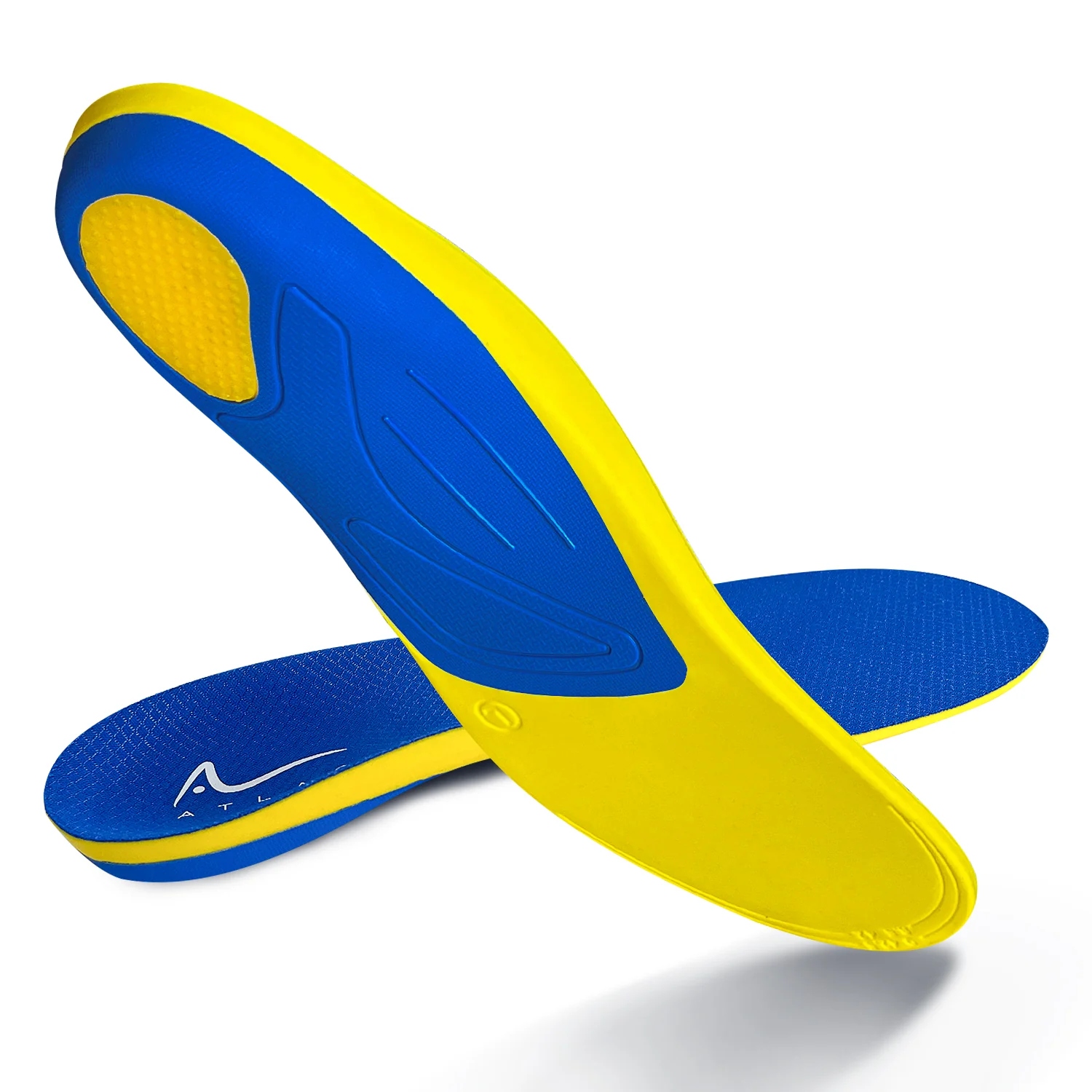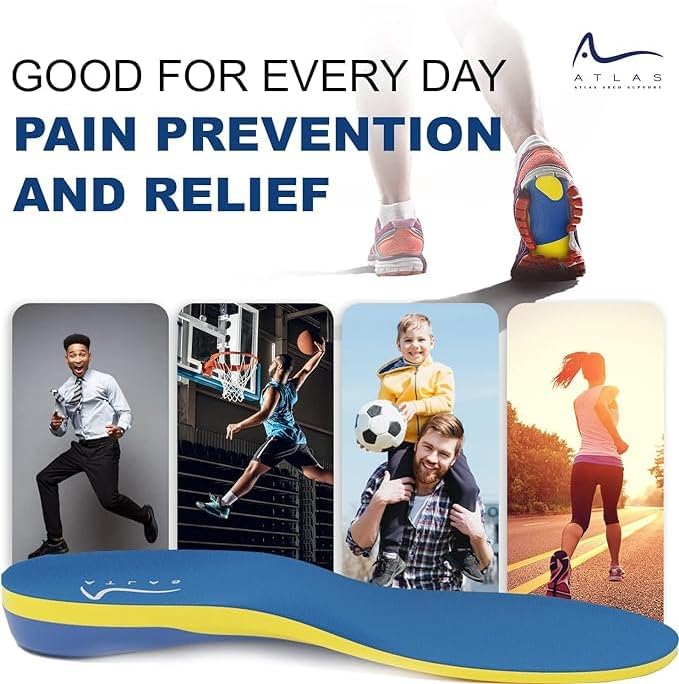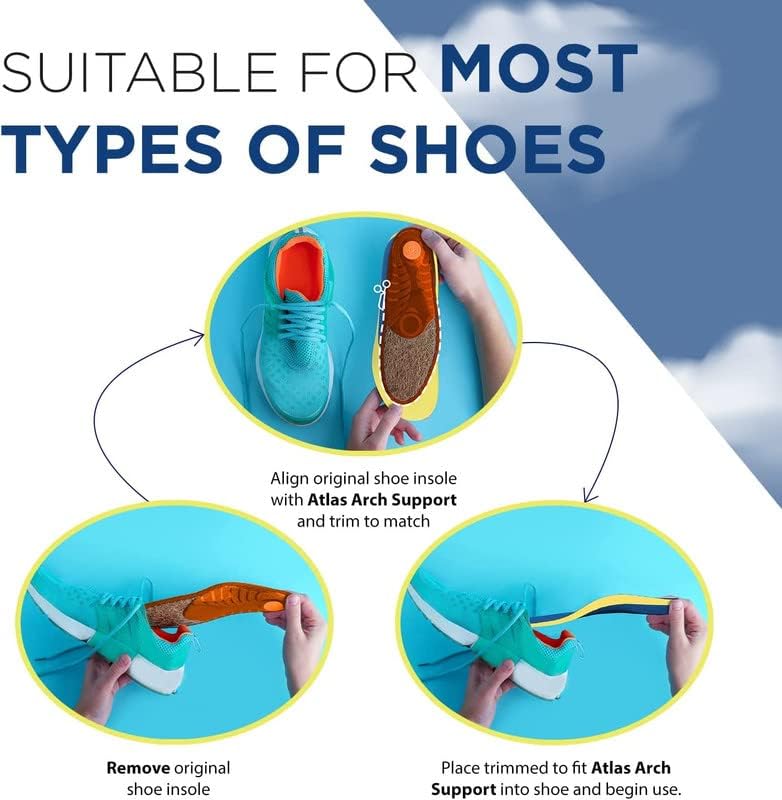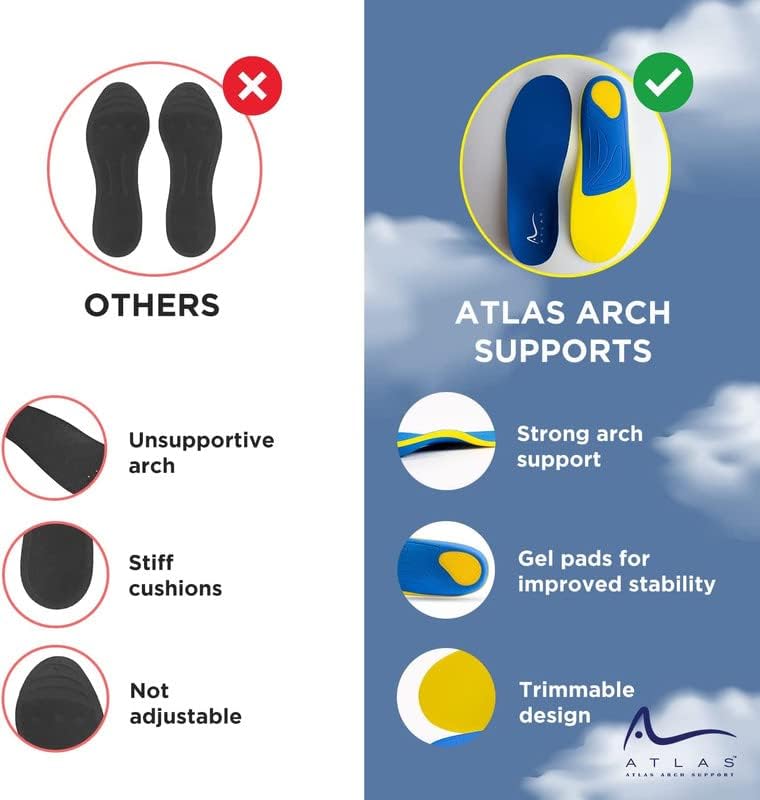
Explore the comprehensive benefits of orthotic solutions and exercises for flat feet, offering relief, support, and improved foot health. Dive into our expert guide on choosing the right orthotic for your needs, from over-the-counter options to custom-fit solutions.
Introduction
Discover the transformative power of orthotic solutions for flat feet, a common condition that can lead to discomfort and mobility issues. This guide explores the benefits of both over-the-counter and custom-made orthotics, designed to provide the support and relief needed for those with flat feet. From enhancing stability to improving overall foot alignment, learn how the right orthotic can be a game-changer in managing flat feet effectively.
Table of Contents
How specifically can Orthotic Solutions offer relief and support for individuals with flat feet?
Orthotic solutions play a crucial role in managing flat feet by providing the necessary support and relief to alleviate pain and discomfort. These devices can range from over-the-counter inserts to custom-made orthotics tailored to the specific contours of your feet. Here’s how orthotic solutions can help individuals with flat feet find relief and support:
Over-the-Counter Orthotics
General Support: OTC orthotics offer general arch support and cushioning, which can be beneficial for people with mild to moderate flat feet symptoms.
Affordability: They are more affordable than custom orthotics and can be a good starting point for those seeking immediate relief.
Availability: Easily available at pharmacies, shoe stores, and online, making them accessible to most people.
Custom Orthotics
Tailored Fit: Custom orthotics are made to fit the unique contours of your feet, providing targeted support where it’s needed most.
Specific Corrections: They can address specific issues related to flat feet, such as severe overpronation, by correcting the alignment of the foot and ankle.
Durability: Custom orthotics are typically more durable and made from high-quality materials, lasting longer than OTC options.
Benefits of Orthotic Solutions
| Improved Comfort: By evenly distributing pressure across the foot, orthotics can reduce areas of excessive stress and alleviate pain. |
| Enhanced Stability: Orthotics help stabilize the foot, reducing the risk of ankle sprains and other injuries associated with flat feet. |
| Better Alignment: Correcting foot posture can have a positive impact on overall body alignment, potentially relieving pain in the knees, hips, and lower back. |
| Increased Activity Levels: With reduced pain and improved support, individuals may find it easier to engage in physical activities they previously avoided. |
Choosing the Right Orthotic

| Consult a Professional: A podiatrist or orthopedic specialist can assess your specific needs and recommend the best type of orthotic for your condition. |
| Consider Your Lifestyle: The right orthotic should match your lifestyle and the types of activities you engage in regularly. |
| Shoe Compatibility: Ensure the orthotics fit well within your most frequently worn shoes to avoid discomfort or the need for new shoes. |
Maintenance and Adjustment Period
| Break-In Period: It may take some time to adjust to wearing orthotics. Start by wearing them for a few hours a day and gradually increase as comfort allows. |
| Regular Check-Ups: Periodic visits to your healthcare provider can help monitor your progress and make adjustments to the orthotics as needed. |
| Maintenance: Keep your orthotics clean and check them regularly for signs of wear and tear, replacing them as recommended by a professional. |
Orthotic solutions for flat feet can significantly improve quality of life by providing the necessary support and relief. Whether opting for OTC options or investing in custom-made orthotics, it’s essential to choose a solution that addresses your specific needs and contributes to your overall foot health and comfort.
What exercises can strengthen and support flat feet to promote better foot health?
Incorporating exercises specifically designed to strengthen and support flat feet into your daily routine can lead to significant improvements in foot health, comfort, and mobility. These exercises target the muscles and ligaments that support the arches, enhancing foot stability and balance. Here’s a guide at each exercise and additional insights on how to effectively integrate them into your life for optimal foot health:

1. Arch Lifts
How to Do It:
- Begin by standing on a flat surface with your feet shoulder-width apart.
- Focus on lifting the arch of your foot while keeping your toes and the balls of your feet pressed firmly against the ground.
- It’s important to isolate the movement to the arches, avoiding lifting the toes.
- Hold the lift for five seconds, then slowly lower your arches back to the starting position.
Benefits: Arch lifts target the intrinsic muscles of your foot, specifically the tibialis posterior, which supports the arch. Strengthening these muscles can help mitigate the collapse of the arch that characterizes flat feet, improving foot stability and reducing pain associated with prolonged standing or walking.
2. Toe Curls
How to Do It:
- Sit in a chair with both feet flat on the ground and a towel placed under your feet.
- Attempt to grab the towel with your toes and pull it toward you, curling your toes as much as possible.
- Release the grip and repeat the motion.
- For added challenge, place a small weight at the end of the towel to increase resistance.
Benefits: This exercise enhances the strength and flexibility of the muscles under your feet and toes. Stronger muscles under the feet can better support the arch, distribute weight evenly, and reduce the strain on the plantar fascia.
3. Heel Raises
How to Do It:
- Stand with your feet hip-width apart, near a wall or chair for balance if needed.
- Slowly raise your heels, shifting your weight onto your toes.
- Ensure the lift is controlled, focusing on engaging the calf muscles.
- Hold the top position for five seconds before slowly lowering your heels to the ground.
Benefits: Heel raises strengthen the gastrocnemius and soleus muscles (calf muscles), which play a crucial role in supporting the foot and ankle. Strong calf muscles can help compensate for flat feet by providing additional support and stability.
4. Ankle Inversions and Eversions
How to Do It:
- Sit with your legs extended in front of you and rotate your foot inward (inversion) and then outward (eversion).
- Perform these movements slowly and without moving the leg itself.
- Aim for a range of motion that feels comfortable, without forcing your foot into positions that cause pain.
Benefits: These movements increase the flexibility and strength of the muscles surrounding the ankle, including the tibialis anterior and posterior, which are vital for foot stability. Improved ankle stability can help manage the symptoms of flat feet by ensuring proper alignment and distribution of forces through the foot.
5. Toe Splay
How to Do It:
- Whether seated or standing, place your feet flat on the ground.
- Attempt to spread your toes apart without lifting them off the ground.
- Hold the splayed position for a few seconds, then relax.
- For an added challenge, try to lift each toe individually while keeping the others flat on the ground.
Benefits: Toe splay exercises improve the control and strength of the toe muscles, promoting a more even distribution of weight across the foot. This can help alleviate pressure points and improve the stability of the foot, which is beneficial for individuals with flat feet.
6. Plantar Fascia Stretch
How to Do It:
- Sit down and cross one leg over the knee of the other.
- Grasp the toes of your crossed leg and gently pull them towards you, creating a stretch along the bottom of your foot.
- Hold this position for 15-30 seconds, then switch feet.
Benefits: This stretch directly targets the plantar fascia, the band of tissue that can become strained in individuals with flat feet. Regular stretching can alleviate tension, reduce pain, and prevent the plantar fascia from becoming overly tight.
7. Marble Pickups
How to Do It:
- Place 20+ marbles on the floor and a small bowl beside them.
- Using only your toes, pick up each marble and place it into the bowl.
- Try to use all your toes, not just the big toe, to pick up the marbles.
Benefits: This exercise improves the dexterity and strength of the foot’s muscles, enhancing overall foot function. Stronger foot muscles can better support the arch and reduce the discomfort associated with flat feet.
8. Walking Barefoot on Sand
How to Do It:
- Find a sandy area like a beach or a volleyball court.
- Walk barefoot, allowing your feet to naturally adjust to the uneven surface.
- Focus on the sensation of the sand beneath your feet and try to engage your foot muscles as you walk.
Benefits: Walking on sand is a natural way to strengthen the muscles of the feet and ankles. The uneven surface forces your feet to adapt, which can lead to stronger, more flexible feet capable of better supporting a flattened arch.
Incorporating These Exercises for Flat Feet
Start with a few repetitions of each exercise and gradually increase as your strength improves. It’s essential to listen to your body and avoid overexertion, which can lead to injury. For best results, incorporate these exercises into your daily routine.
Consultation with a Professional
Before starting any new exercise regimen, especially if you have existing foot pain or medical conditions, consult with a healthcare professional or a physiotherapist. They can provide personalized advice and adjustments to ensure the exercises are safe and effective for your specific needs.
By regularly performing these exercises, individuals with flat feet can experience improved foot health, reduced pain, and enhanced quality of life.
| Arch Support |
| Arch Supports |
| Best Arch Support Insoles |
| Best Insole for Plantar Fasciitis |
| Insole for Flat Feet |
FAQ Section
Q1: How do orthotics help with flat feet?
A1: Orthotics support the arch, distribute pressure evenly, enhance stability, and correct foot posture, alleviating pain and discomfort associated with flat feet.
Q2: What’s the difference between OTC and custom orthotics?
A2: OTC orthotics provide general support and are more affordable, while custom orthotics are tailored to the individual’s feet for specific corrections and enhanced durability.
Q3: Can orthotics improve physical activity levels for those with flat feet?
A3: Yes, by reducing pain and improving support, orthotics can enable individuals to engage in physical activities more comfortably and confidently.
Q4: What should I consider when choosing orthotics for flat feet?
A4: Consult with a professional, consider your lifestyle and activities, and ensure the orthotics fit well within your frequently worn shoes.
Conclusion
Orthotic solutions offer a promising path to improved foot health for individuals with flat feet. By providing essential support and alleviating discomfort, the right orthotic can enhance daily mobility and quality of life. Whether opting for over-the-counter inserts or investing in custom-made orthotics, prioritizing your foot health with the appropriate orthotic solution can lead to significant benefits, ensuring long-term comfort and stability.










